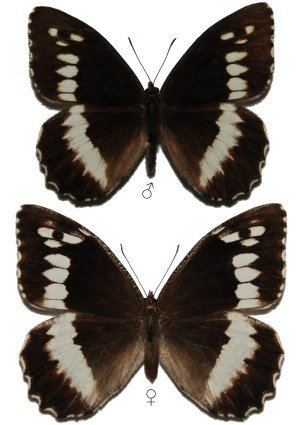Kingdom Animalia Order Lepidoptera Genus Brintesia Higher classification Brintesia | Phylum Arthropoda Family Nymphalidae Scientific name Brintesia circe Rank Species | |
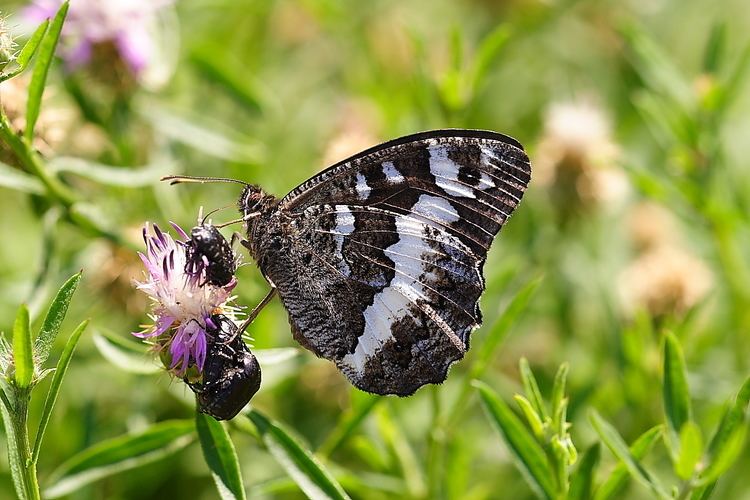 | ||
Similar Brintesia, Butterflies and moths, Lasiommata maera, Hipparchia statilinus, Coenonympha | ||
Great banded grayling brintesia circe bratislava 26 6 2012
The great banded grayling (Brintesia circe) is a butterfly of the family Nymphalidae. It is the only species belonging to the genus Brintesia.
Contents
- Great banded grayling brintesia circe bratislava 26 6 2012
- Great banded grayling sil ne wei e waldportier witbandzandoog brintesia circe
- Description
- Biology
- Distribution
- Habitat
- Subspecies
- References
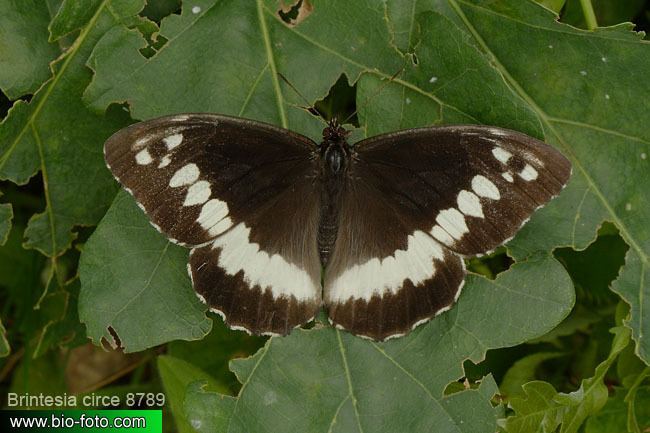
Great banded grayling sil ne wei e waldportier witbandzandoog brintesia circe
Description
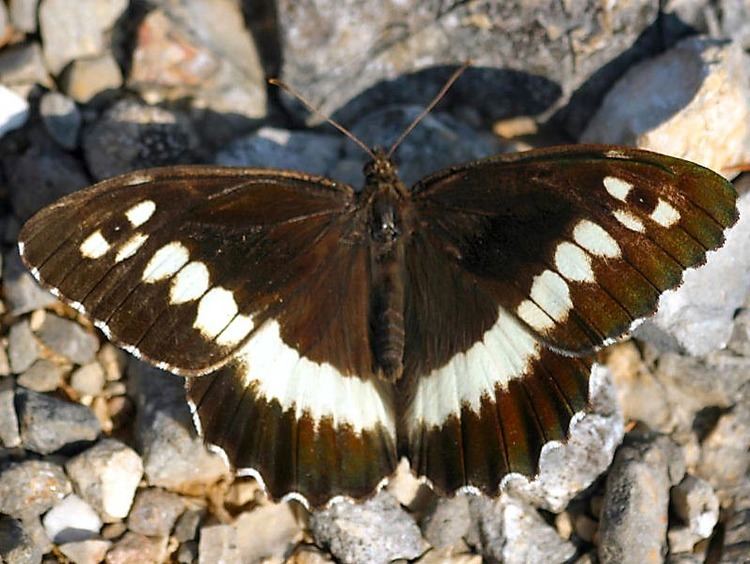
Brintesia circe reaches on average 65–80 millimetres (2.6–3.1 in) of wingspan. Wings are mainly black or dark brown. They have a broad white band at the edge of the basal area of all wings and usually a second white streak on the lower wings. The black eyespots on the underside of the upper wings have a white contour. Brintesia circe is quite similar to Hipparchia fagi, but in the last one the second white streak on the lowers wings is always missing and the eyespots has a yellow contour. These butterflies usually rest on the branches of a tree, protected by their cryptic markings, but ready to take off and fly away when disturbed.
Biology
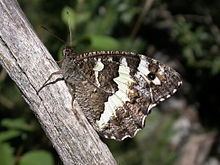
These butterflies fly in one generation from June to September feeding on nectar of flowers. Larvae feed on various herbaceous plants (mainly on Anthoxanthum, Bromus, Festuca and Sesleria species). The young larvae overwinter.
Distribution
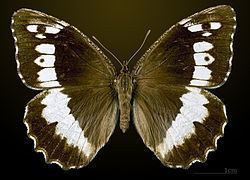
The species can be found in Central and Southern Europe (Spain, France, Italy, Greece, southern Germany and Poland), in Anatolia and the Caucasus up to Iran.
Habitat
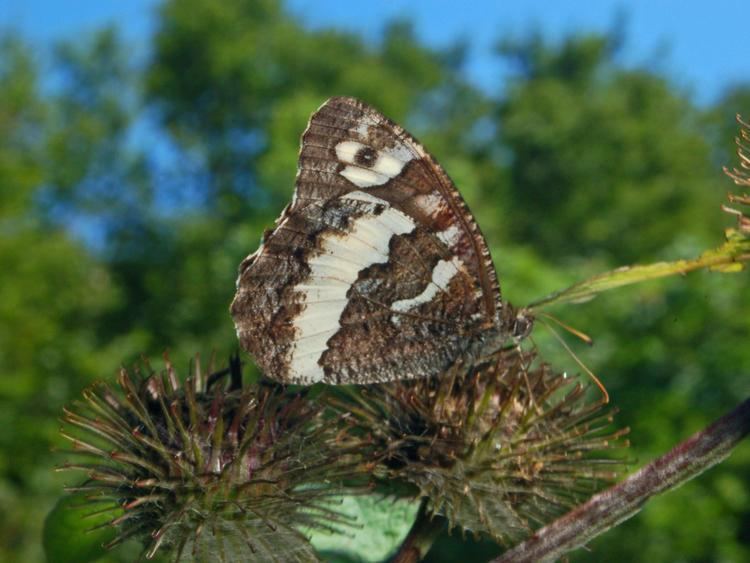
These butterflies prefer light woodland, grasslands bordering forest edges and generally dry and bushy environments, at an altitude of 0–1,600 metres (0–5,249 ft) above sea level.
Subspecies
